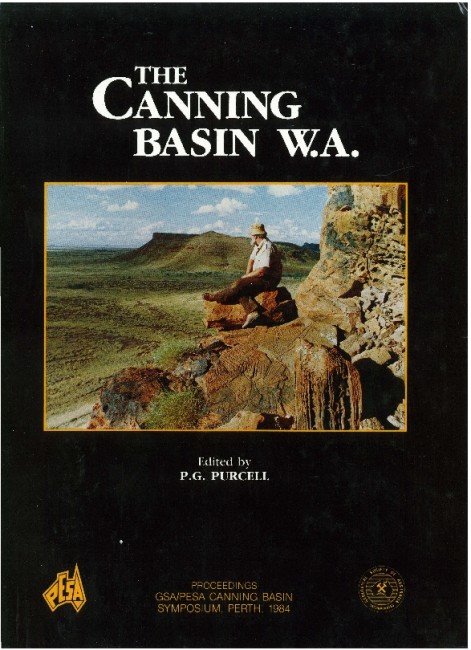Publication Name: The Canning Basin, W.A.
Authors: S.A. Reeckmann and A.J. Mebberson
Date Published: December 1984
Number of Pages: 22
Reference Type: Book Section
Abstract:
Igneous intrusions dated as Late Carboniferous to Jurassic, but believed to be Permian in age, have beenintersected by six wells in the north-west Canning Basin. Both seismic and magnetic interpretation suggest these
intrusions are common over a large area. The rocks are mafic intrusions of tholeiitic affinity classed as dolerites,
micrograbbros and basalts which reportedly occur as dykes, sills and laccoliths. In the offshore Canning Basin
permit WA-109-P these intrusions occur over an area of 300 sq. km as sills and cone sheets in the Permo-Carboniferous Grant Formation and Early Permian Poole and Noonkanbah Formations. Their emplacement
during Early Permian times has produced a number of closed domal structures which are prospective
hydrocarbon traps. One of these was tested by Perindi-1 during 1983.
Perindi-1 intersected a 156 m thick intrusive dolerite in the Grant Formation indicated as Early Permian in - age by fission track techniques. Both maturation data and fission track studies of the sedimentary sequence in Perindi-1 and surrounding wells suggest that rocks 500 m above the Perindi intrusion have reached temperatures in excess of 130?C. In Kambara-1, rocks 3 km from the nearest known intrusion have been heated
to around 100?C. This has had a profound effect on the maturity of source material in the area, placing otherwise
immature rocks briefly in the oil window.
Regionally, the mafic intrusions are restricted to the north-west edge of the Canning Basin adjacent to the continental margin of north-west Australia. Igneous rocks of a similar age are known from the northern Carnarvon
Basin and these, together with the Canning Basin intrusions, are believed to be related to the initiation of tensional tectonics at the beginning of rifting. The geochemistry of the intrusions supports this contention. A similar relationship between mafic intrusions and the initiation of rifting is seen on the southern margin of Australia where Jurassic dolerites in Tasmania and Antarctica precede Late Cretaceous or Paleocene breakup.


